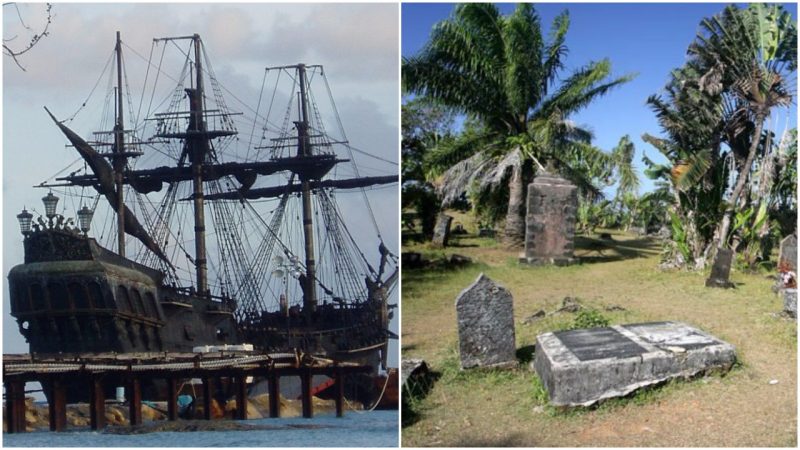In the 17th and 18th centuries, Ile Sainte-Marie (or St. Mary’s Island as it is known in English), a long, thin island off the eastern African coast, became a popular base for pirates. Piracy has been an overwhelming problem on the seas throughout human history, seriously jeopardizing free commerce at major ports and harbors, many times at the cost of human lives.
While the majority of us may envision a pirate based on the characters in the Pirates of the Caribbean movies, we are less aware of the real horrors that were committed at the hands of some of the cruelest pirates, particularly those who thrived during the Golden Age of Piracy between 1700 and 1725. In reality, pirates were much more violent than anyone might anticipate.
In 1492, Columbus discovered America and shortly thereafter Spain conquered large tracts of South America, resulting in the sending of fabulous treasures from the New World back to Europe. This was too much of a temptation for the lawless members of society, and soon the seas abounded with pirate ships and their bloodthirsty crews, giving rise to the Golden Age of Piracy. In addition to those who were happy to attack any ship they came across, there were also many state-sponsored pirates known as privateers.
Up to 1,000 pirates reportedly called the rocky island home, including widely-feared brigands Adam Baldridge, William Kidd, Olivier Levasseur, Henry Every, Robert Culliford, Abraham Samuel and Thomas Tew. They lived in the île aux Forbans, an island located in the bay of Sainte Marie’s main town, Ambodifotatra.
This place was not far from the maritime routes along which ships returning from the East Indies sailed in transit, their holds overflowing with wealth, it was provided with bays and inlets protected from storms and finally, it had abundant fruit and was situated in quiet waters.
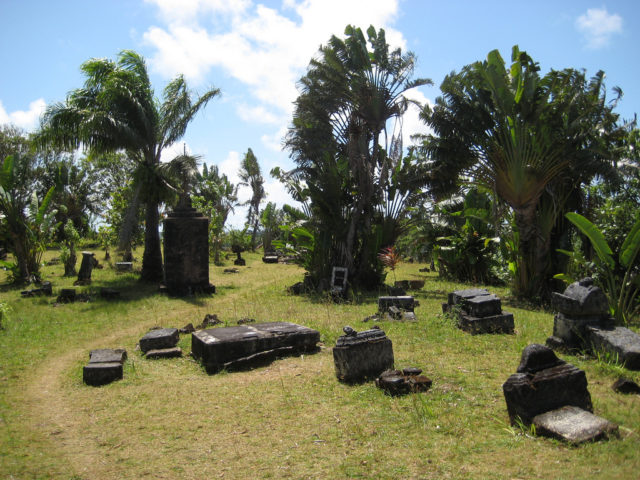
The beautiful tropical island’s numerous inlets and bays made it the perfect place to hide ships. The pirates sailed mostly from England, Portugal, France and America to make this island off the coast of Madagascar a home, a hideout and a strategic place.
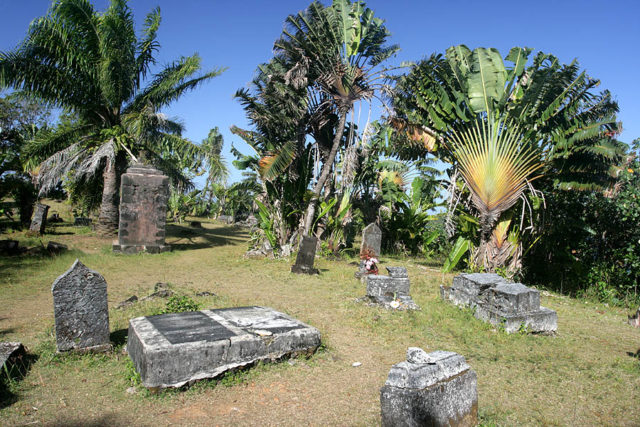
With so many pirates abiding on the island, some even raising families at the time, it’s no wonder Sainte-Marie claims to have what may be the world’s only legitimate pirate cemetery.
In the center of the cemetery, there is a large black tomb that locals say is the final resting place of Captain Kidd, buried there in an upright position to punish him for his sins.
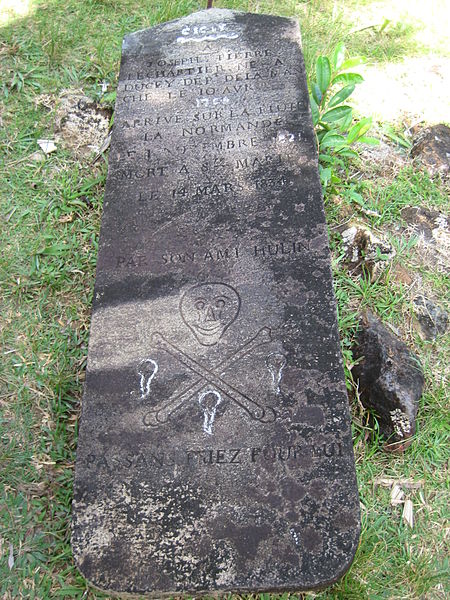
The pirates were off Ile Sainte-Marie by the late 1700s, when the French seized the island. It wasn’t returned to Madagascar until 1960. The utopian pirate republic of Libertalia was also rumored to exist in this area, although the republic’s existence, let alone its location, has never been proven.
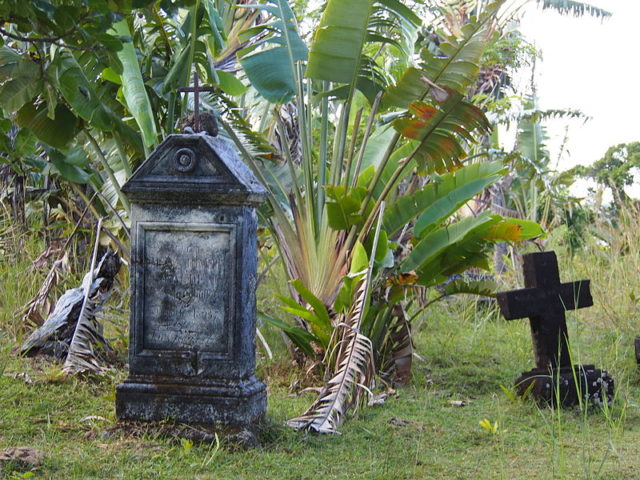
A recently discovered map from 1733 by John de Bry, an archaeologist working on shipwrecks in the area, called the land mass the “Island of Pirates” and identified the location of three pirate ship wrecks.
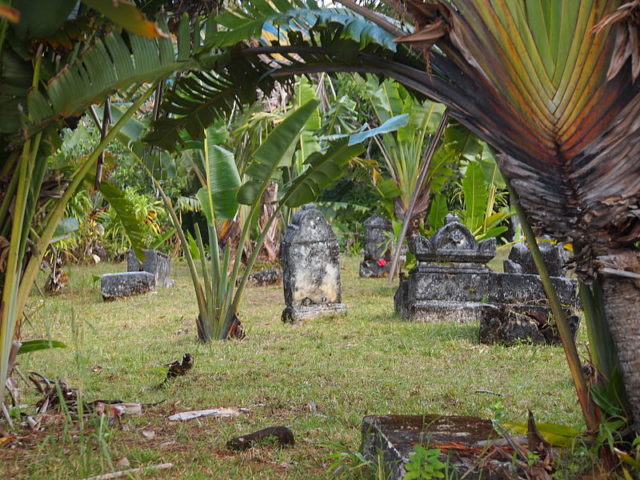
So many pirate legends are floating around Sainte-Marie, but, is this cemetery authentic? Everyone on the island, including government tourism officials, of course, claim it is. However, dead pirates or not, this cemetery is one of Madagascar’s most popular tourist destinations.
